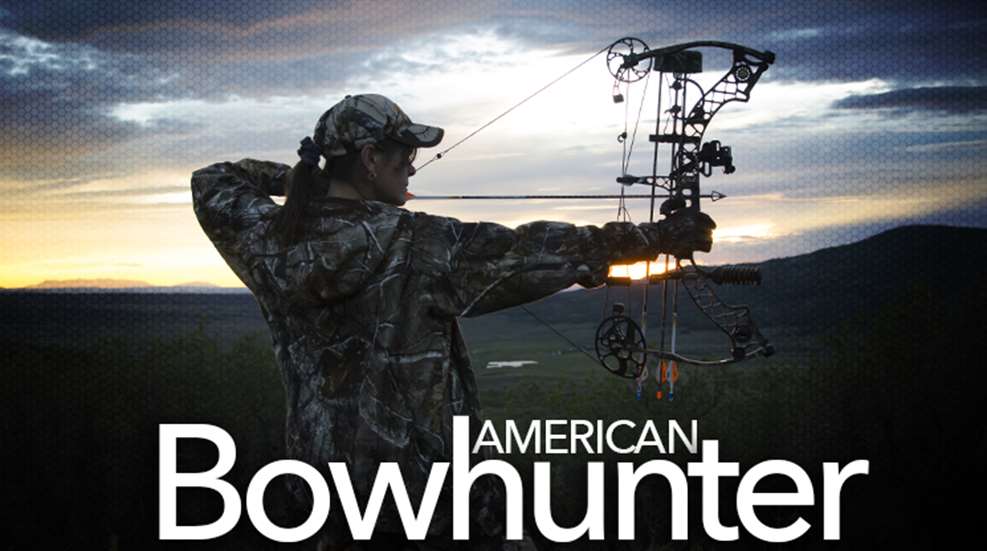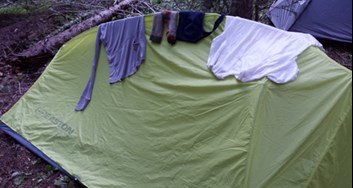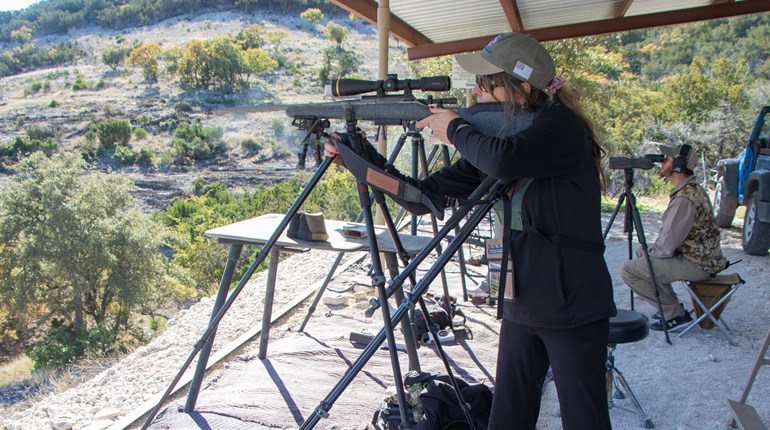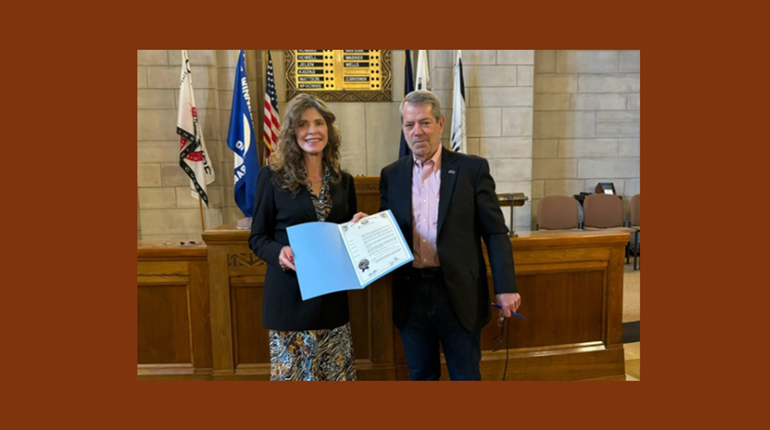
 Having just completed Magpul Dynamics’ Backcountry Hunter’s Course, I can tell you the training is ideal for any hunter planning a D-I-Y backpack wilderness hunting trip. Instructor Luke Carrick of Guiderite Adventures, who has been packing it into the wilderness for 20 years, teamed up with Magpul’s Caylen Wojcik to cover everything from hydration and water purification to personal equipment options, tent and pack selection, basic land navigation, quick target identification and live-fire field-shooting scenarios. While some things made for good common sense, if you’ve never ventured into the wilderness for multiple days and you’re planning such an adventure of your own, check out these pointers for tent, sleeping bag and sleeping pad selection.
Having just completed Magpul Dynamics’ Backcountry Hunter’s Course, I can tell you the training is ideal for any hunter planning a D-I-Y backpack wilderness hunting trip. Instructor Luke Carrick of Guiderite Adventures, who has been packing it into the wilderness for 20 years, teamed up with Magpul’s Caylen Wojcik to cover everything from hydration and water purification to personal equipment options, tent and pack selection, basic land navigation, quick target identification and live-fire field-shooting scenarios. While some things made for good common sense, if you’ve never ventured into the wilderness for multiple days and you’re planning such an adventure of your own, check out these pointers for tent, sleeping bag and sleeping pad selection.
TENTS
I used Easton’s three-season Kilo Carbon 2-person tent, which was ideal, weighing a mere 2.7 pounds packed. And it certainly serves as a great drying rack for any wet clothing.
• Tip: Sidestep minimalist-style tarps and bivvy covers as mountain weather can change quickly. We were headed for Mount Ranier, where you can start off in 80 degrees only to find yourself in 30 degrees and fog an hour later! Your tent should have enough space to store all your gear in adverse weather. In the case of extreme wind conditions, a four-season tent is a must. Otherwise, in 50 mph winds, the only thing holding down your tent will be, well, you inside of it.
• Tip: On super-cold mornings, put on all your clothes before you open the tent because the cold air rushes in immediately.
SLEEPING BAGS
A 15-20 degree comfort rating is the way to go. I took my new-for-2014 Thermarest sleeping bag called the Mira, an all-around winner for ultra-light three-season backcountry adventures. It sports compressible 750-plus-fill goose down, a Toe-asis foot warmer, a reflective ThermaCapture lining and straps for securing it to your sleeping pad so you sleep even better!
• Tip: Bags with synthetic insulation are also fine, but be aware that in some cases the synthetic ratings can be off, which is why down bags were recommended.
• Tip: Always use a space-saving compression bag!
SLEEPING PADS
If you aren’t comfortable, you can’t sleep. The time of year impacts the pad you choose. Your pad with a radian of 2, or an R2, that is rated for summer will let the air come through nicely, which means you’ll freeze if you use the same pad in the winter when you should opt for a pad with an R6 rating.
• Tip: Pad size is also important! Ideally your pad will measure three to four inches past your shoulders on each side so your shoulders don’t ache or fall asleep. If you hunt hard all day, you need a good rest at night.
• Tip: And pack a patch kit!





































